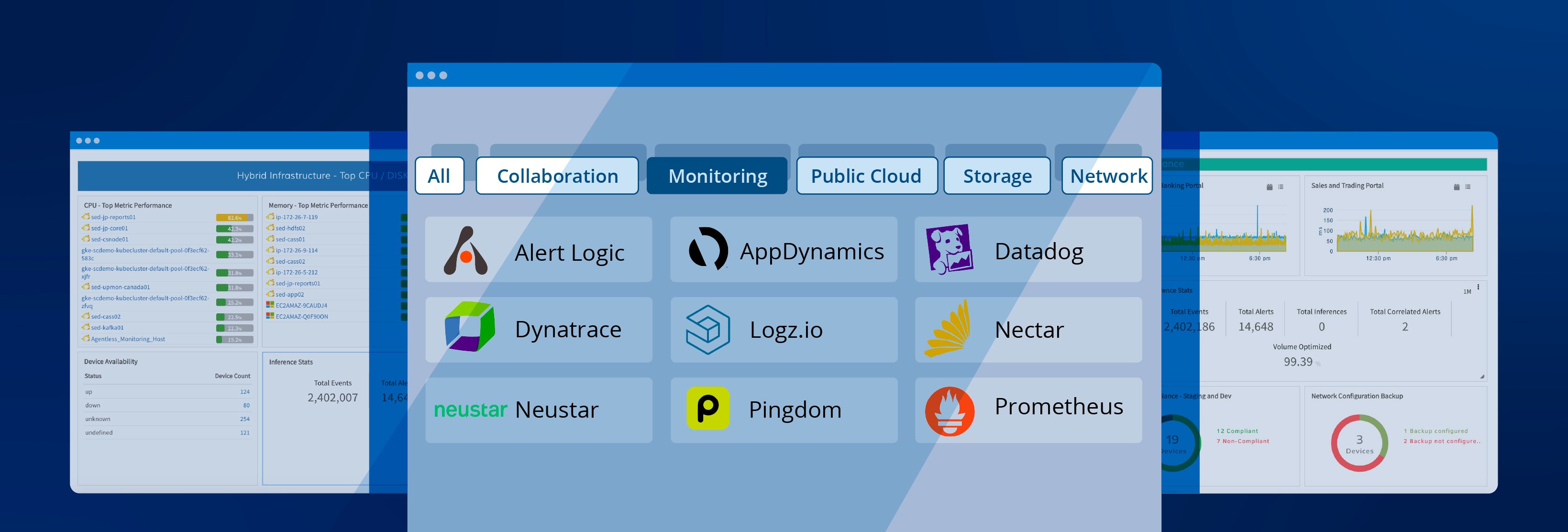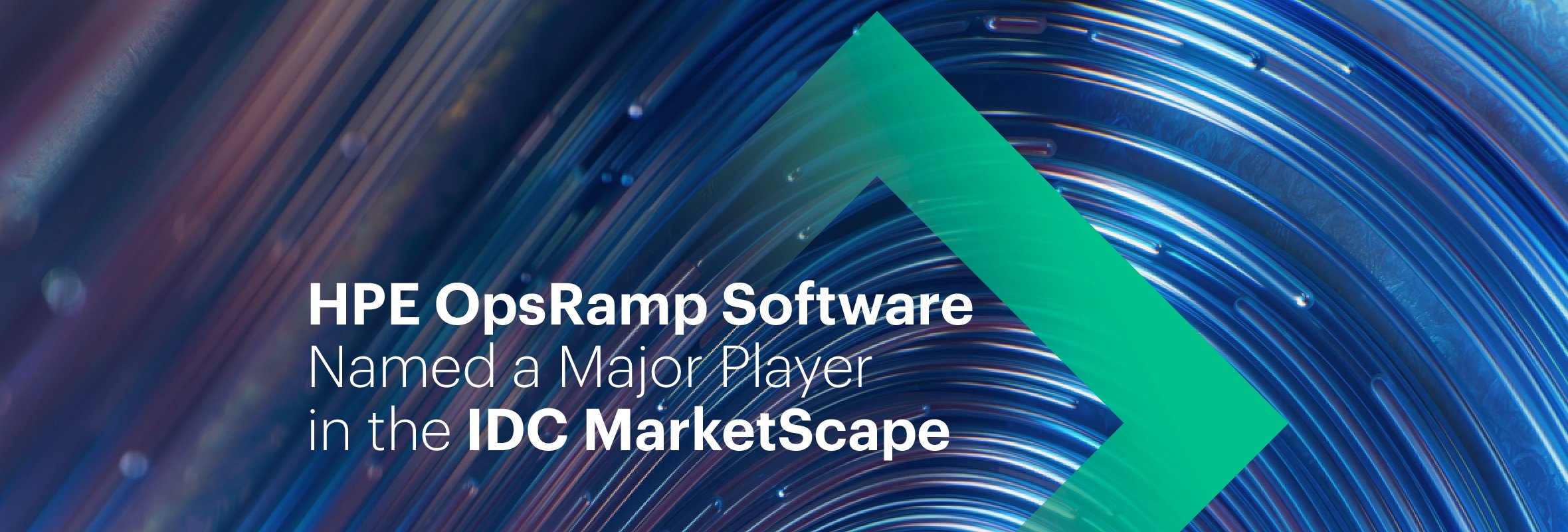OpsRamp’s recent survey found that 91% of IT operations teams were looking to increase spending with managed service providers (MSPs). The major reasons for working with MSPs to monitor and manage hybrid infrastructure were technical expertise (63%), security know-how (52%), and cost optimization (50%).
While MSPs have a great opportunity ahead of them, they will need to embrace higher levels of automation and standardize service delivery to scale managed services across their entire customer base. According to Forrester, MSPs that succeed in this difficult economic environment will need to shift from meeting basic service levels to ensuring the right types of customer and employee experiences.
A modern IT operations management (ITOM) platform can help MSPs tame infrastructure complexity by monitoring legacy and modern environments, deliver the right operational context to better understand the impact of infrastructure on the health of IT services, use machine learning techniques to improve critical operational metrics, and handle customer requirements for compliance with secure access to hybrid and cloud IT infrastructure.
Here’s how a modern SaaS platform like OpsRamp can help service providers deliver new services for faster revenue growth (and without additional headcount):
- Multitenant Platform. Service providers can onboard each enterprise customer as an individual tenant in OpsRamp and access a unified view of hybrid infrastructure performance across tenants without juggling between multiple screens.
- Resource Management Policies. As OpsRamp discovers hybrid infrastructure resources, service providers can define specific policies for automatically assigning monitoring blueprints, knowledge articles, runbooks, and access credentials. Based on filter definitions, OpsRamp can trigger these policies when the system identifies a specific set of infrastructure resources.
- Integrations. Service providers can gain a single source of truth across diverse IT environments with OpsRamp’s alert integrations for third-party tools. OpsRamp supports email-based integrations for legacy platforms, webhook-based integrations for modern tools, and out-of-box plugins for popular enterprise tools. Integrations can deliver client-specific context at the tenant level or holistic customer context at the partner level by mapping configuration data for a common IT service management tool like ServiceNow or BMC Remedy.
- Role-Based Access Controls. Service providers can define different levels of user privileges and permissions (dedicated, shared, and administrative users) at a tenant or customer level. Service delivery teams can authenticate once to OpsRamp and then securely perform their work on customer infrastructure.
- Credentials Management. Service providers need resource-specific credentials for managing their customer’s hybrid infrastructure. OpsRamp can help MSPs store credentials in an encrypted format and also update these credentials either through the user interface or through APIs.
- Single Sign-On (SSO) Integrations. MSPs can use their SSO technology of choice as OpsRamp supports authentication tools based on the SAML 2.0 protocol. SSO integration ensures customers can access OpsRamp with a common set of organizational credentials for one-click access to infrastructure.
- Patch Management. When OpsRamp discovers Windows and Linux resources, it captures information on installed patches, missing patches, and approved patches that can be immediately installed. Service providers can create baselines for patch validation, perform compliance checks, and then roll out approved patches with customer approval.
- Audit Recordings. Service delivery teams can use remote consoles to securely access infrastructure without dedicated VPN connections from the OpsRamp UI and record all actions taken on a device. MSPs can use session recordings to train staff on incident troubleshooting as well as maintain audit trails for change control and compliance.
- Tool Rationalization. Service providers need an ITOM platform that can consolidate relevant insights from different tools used by customers and provide an event management layer to handle run-time operations with unified analysis.
- Custom Branding. MSPs can customize the default appearance of the platform with their company branding for consistent user experience.


Figure 1 - Drive real-time operations with integrated insights from alerts and tickets.
Next Steps:
- OpsRamp Success Story: Zebra Technologies
- Incident Resolution for Remote Teams
- Survey: How IT is Adapting to New Realities





